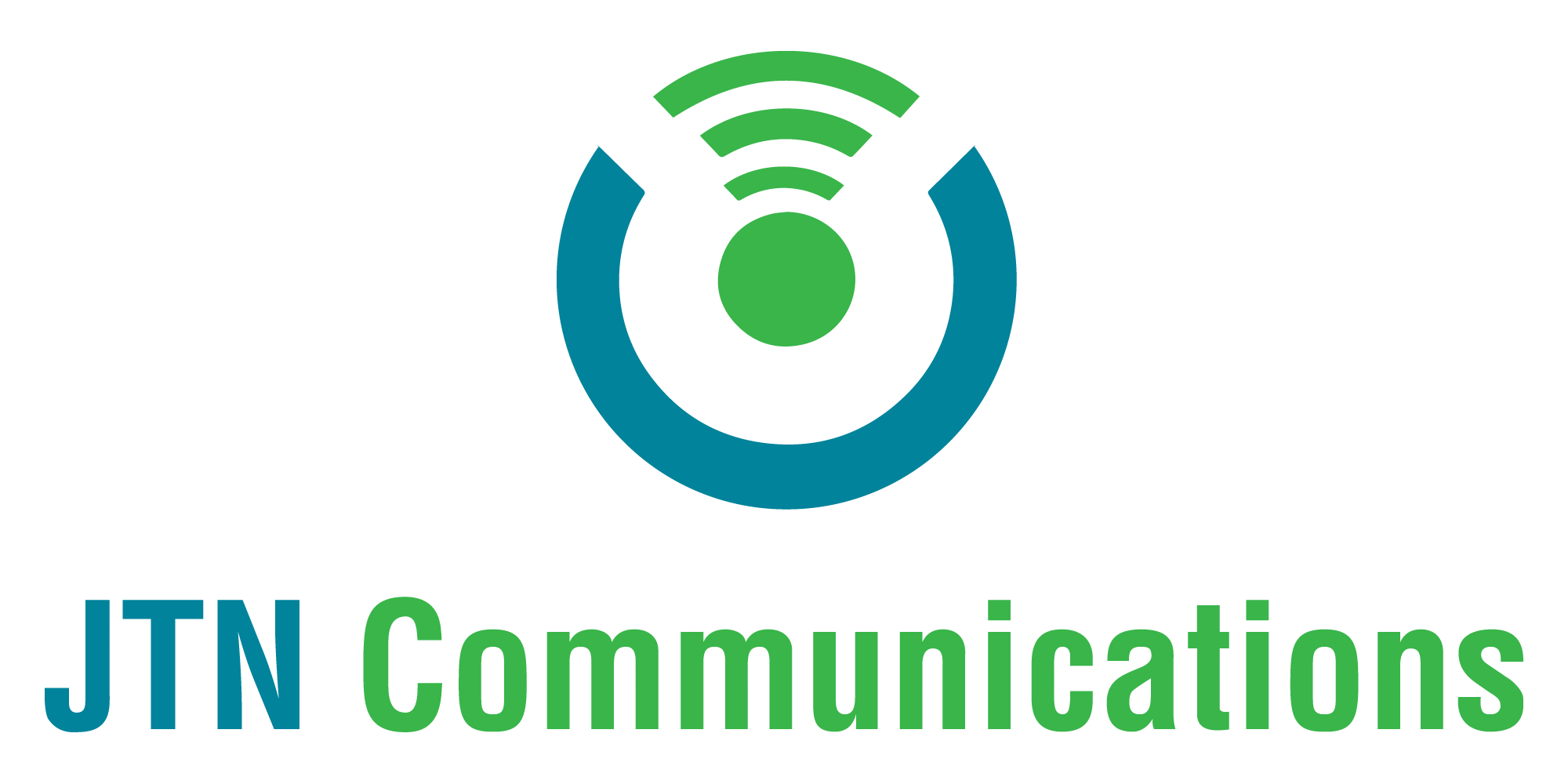Network Management Policy
- JTN does not block, throttle, or interfere with any specific applications. It does not single out any class or group of traffic regarding network traffic.
- JTN has not entered in to any paid prioritization agreements with any other business, government, or individual.
- JTN will not restrict what devices can connect to its network except those prohibited by law.
Like other internet service providers, JTN manages its network to provide customers secure and optimal internet experience. JTN monitors the flow of traffic on its network, including the amount of data sent to and from customer connections, the source, and destination of data, and the type—but not the contents—of information sent and received. In limited circumstances, JTN may also review the contents of the information to determine whether it is malicious (such as spam or a virus) or when required by law. JTN continually upgrades its security and network management tools based on technology advances and network needs. JTN generally allows customers to attach any lawful device to its network so long as it does not impede the provision of internet access service, harm the network, enable theft of the service or a violation of JTN’s Acceptable Use Policy or any terms of service, or harm other users of the service. Additionally, like other internet service providers, JTN’s internet services are configured to use an internet protocol address, which may be a publicly-routable Internet protocol address or a privately managed IP address utilizing CGNAT (Carrier Gateway NAT) technology.
The Service speeds identified in JTN’s marketing materials and other communications reflect service capability speeds when service is offered based on speed tiers. These service tiers are usually denoted by a number that identifies the high-end of that service tier’s speed range—commonly referred to as “up to” the noted speed. The high-end of the speed range in a service tier represents the potential wired maximum speed capability in that service tier, but is not a statement or guarantee of the maximum speed you will receive. Some applications such as short email without attachments or basic Web browsing do not require high-speed service capability to function optimally, while other activities such as transferring large data files can be performed faster with higher speed services. The speed or capability of the plan you purchase may not be suitable for some applications, particularly those involving high-bandwidth uses such as streaming video or video conferencing. Service is not available to all locations, may not be offered in a speed tier, and if offered in speed tiers some speed tiers may not be available at your location. The maximum speed you will receive will depend on a multitude of factors, including, among other things: the distance of your premises from our nearest remote terminal or central office; the equipment in use and number of other users on the portion of our network that connects you to the remainder of our network or the internet; interference; the wiring inside your premises; and the capacity or performance of your computer, device or modem. Furthermore, the speed you receive at a point in time may vary and may be less than your maximum speed, depending on, among other things, the composition of the information or files you are accessing, usage and traffic on the internet, the server with which you are communicating, and the networks you and others are using when communicating.
